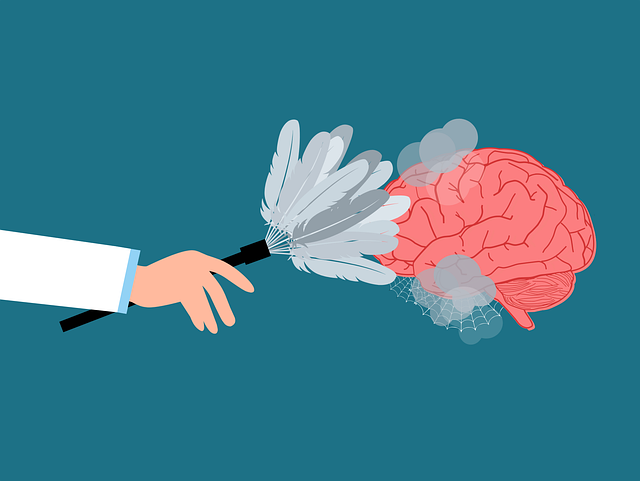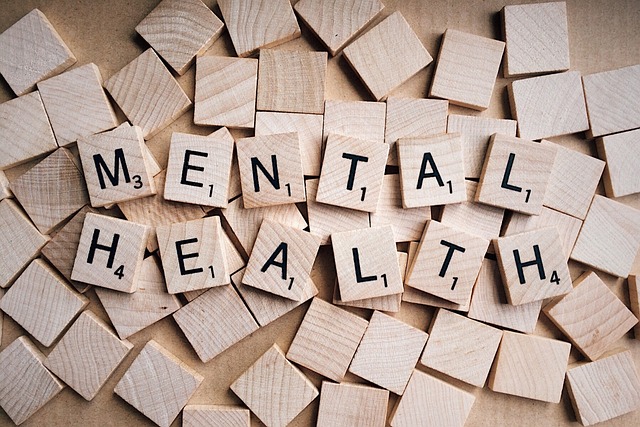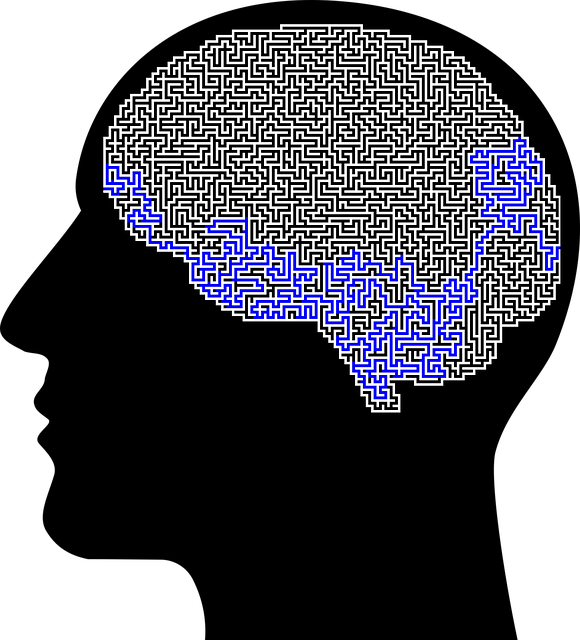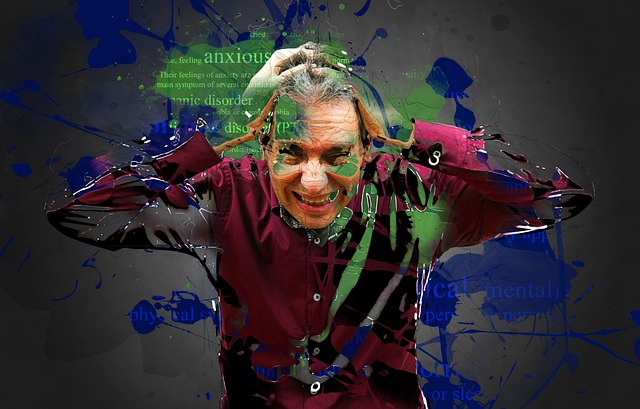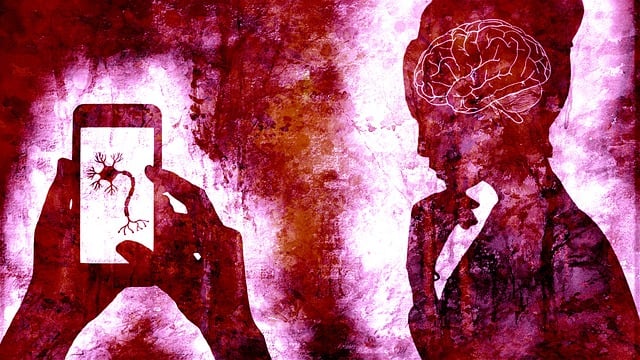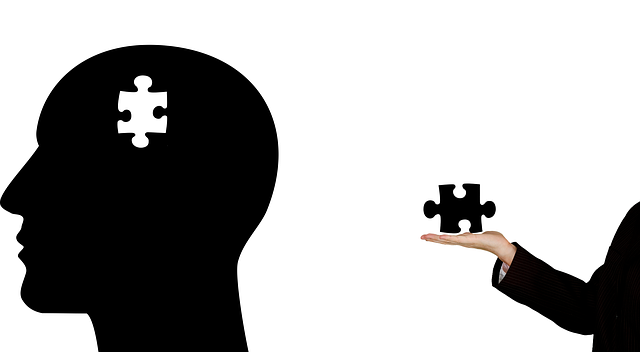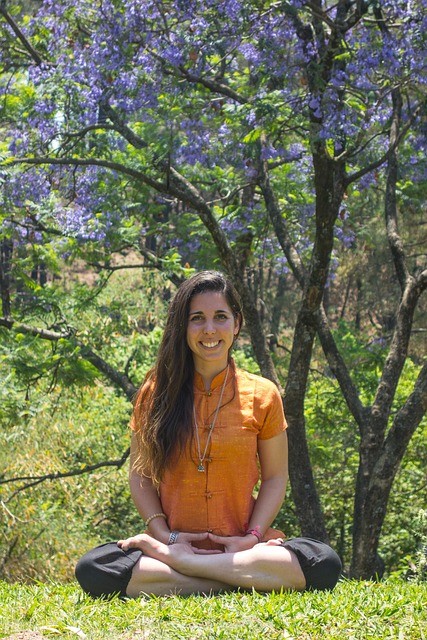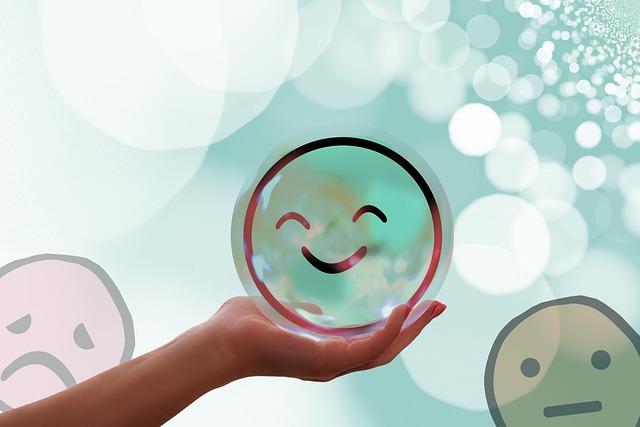Mental wellness group facilitation for children uses community support and evidence-based techniques like Eye Movement Desensitization and Reprocessing (EMDR) to create safe spaces for discussion, coping strategy learning, and resilience building. These groups foster open communication, emotional intelligence, and positive thinking, empowering kids with lifelong skills to manage stress and maintain optimism. EMDR in group settings offers unique benefits, helping children process traumatic memories and develop healthier coping strategies while reducing stigma through public awareness campaigns. Facilitators create supportive environments by prioritizing active listening, validating perspectives, and incorporating creative activities, ensuring each child feels valued and heard. Assessing individual needs within the group allows for tailored safe spaces, such as adapting EMDR for collective emotional healing and peer support.
Mental wellness group facilitation plays a vital role in fostering resilience and healing among children. This article explores effective techniques for facilitating supportive group environments, with a focus on integrating Eye Movement Desensitization and Reprocessing (EMDR) therapy for kids. We delve into understanding the unique needs of child clients, assessing individual requirements within a group setting, and practical strategies to enhance overall mental health outcomes. By combining evidence-based practices like EMDR with group dynamics, facilitators can create a safe space for children to process trauma and thrive.
- Understanding Mental Wellness Group Facilitation for Children
- The Role of EMDR in Group Therapy Settings for Kids
- Effective Techniques to Foster a Supportive Group Environment
- Strategies for Assessing and Meeting Individual Needs within a Group Setting
Understanding Mental Wellness Group Facilitation for Children

Mental wellness group facilitation tailored for children is a specialized approach that leverages the power of community and shared experiences to support young minds. It offers a unique therapy environment where kids can openly discuss their feelings, learn coping strategies, and build resilience. Techniques such as Eye Movement Desensitization and Reprocessing (EMDR) are integrated into these groups, helping children process traumatic memories or anxieties in a safe and supportive setting.
Facilitators play a crucial role in creating a welcoming atmosphere, encouraging active participation, and fostering open communication. They guide discussions on topics like stress management, emotional intelligence, and positive thinking, promoting the Mind Over Matter principles. By implementing these strategies, mental wellness group facilitation not only addresses immediate concerns but also equips children with lifelong skills to navigate challenges, prevent burnout, and cultivate a more optimistic outlook.
The Role of EMDR in Group Therapy Settings for Kids

Eye Movement Desensitization and Reprocessing (EMDR) has emerged as a powerful tool in group therapy settings for children, offering unique benefits for their mental wellness. This therapeutic approach helps young individuals process traumatic memories or distressing events by facilitating eye movements or other bilateral stimulation while they recall and reprocess these experiences. In a group setting, EMDR can create a supportive environment where kids learn to manage and overcome emotional challenges together. The technique empowers them to desensitize to painful memories, reduce associated negative beliefs, and develop healthier coping strategies.
Group therapy combined with EMDR provides an opportunity for enhanced social skills training and peer support. Children can share their experiences and gain insights from one another, fostering a sense of belonging and community. Moreover, the collective nature of this therapy allows for mental illness stigma reduction efforts to be amplified through public awareness campaigns. By participating in group discussions and activities, kids become more aware of emotional health issues, promoting open conversations and normalizing the sharing of personal struggles.
Effective Techniques to Foster a Supportive Group Environment

Creating a supportive group environment is paramount for effective therapy sessions, especially when facilitating groups for children. Group leaders should focus on building a safe and inclusive space where every participant feels valued and heard. One powerful technique is employing active listening skills, ensuring each child’s perspective is acknowledged and validated. This simple yet profound act fosters trust and encourages open communication, allowing members to explore their mental health journeys without fear of judgment.
Additionally, incorporating creative activities and structured discussions tailored to the group’s dynamic can enhance engagement. Techniques like Eye Movement Desensitization and Reprocessing (EMDR) have shown promise in therapy for children, facilitating emotional processing and healing through guided movements and narrative techniques. Integrating these evidence-based practices into group sessions not only supports individual mental health but also contributes to a sense of collective well-being, mirroring the benefits of Mental Health Education Programs Design while advocating for better mental health policy analysis and advocacy.
Strategies for Assessing and Meeting Individual Needs within a Group Setting

Assessing individual needs within a group setting is an essential skill for mental wellness facilitators. This involves understanding each participant’s unique challenges and goals, especially when working with diverse backgrounds and ages, such as in therapy for children. Facilitators can use various techniques to tailor their approach: observing non-verbal cues, active listening, and asking open-ended questions. Identifying triggers, past traumas, or specific fears helps create a safe space tailored to each individual’s requirements.
For instance, Eye Movement Desensitisation and Reprocessing (EMDR) is a therapy that can be adapted for group settings by focusing on collective emotional healing processes. This approach encourages participants to process traumatic memories while also fostering emotional intelligence and mood management skills among peers. By recognising and addressing these individual needs, facilitators ensure an inclusive environment, promoting effective group dynamics and enhancing overall mental wellness.
Mental wellness group facilitation plays a pivotal role in supporting children’s emotional growth. By combining techniques like Eye Movement Desensitization and Reprocessing (EMDR) with a nurturing environment, facilitators can help kids process traumas effectively. The strategies outlined in this article, from understanding individual needs to assessing progress, empower professionals to foster healing and development in group therapy settings for children, ultimately enhancing their mental wellness.
